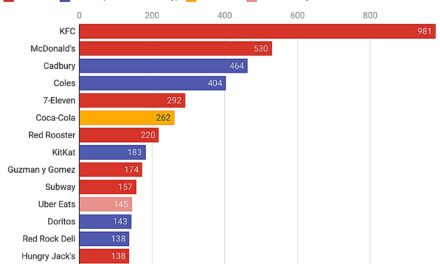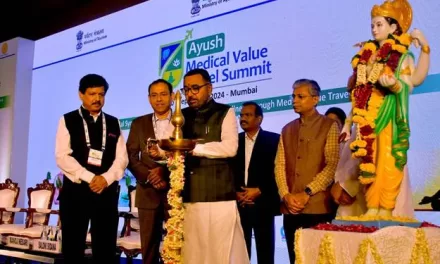At the ESCMID Global Congress in Barcelona, Spain, a groundbreaking study presented by Dr. Sarah Dräger and Professor Pablo Sinues has unveiled a potential game-changer in antibiotic therapy monitoring. Their research suggests that exhaled breath could serve as a non-invasive and efficient alternative to blood samples for therapeutic drug monitoring (TDM).
TDM plays a crucial role in tailoring antibiotic doses for patients with severe infections or those in intensive care units. However, the current method of using blood samples for TDM is invasive, time-consuming, and discomforting for patients. Moreover, the turnaround time for results may be too slow to guide the treatment of critically ill patients effectively.
Dr. Dräger, lead researcher at the Division of Internal Medicine, University Hospital Basel, Switzerland, along with Professor Sinues, conducted a pioneering study involving 10 patients who received intravenous antibiotic treatment between 2022 and 2023. The study aimed to explore the feasibility of using exhaled breath for TDM.
The results of the study, presented at the congress, are promising. Using mass spectrometry, the researchers analyzed samples of exhaled breath for both exogenous metabolites (breakdown products of antibiotics) and endogenous metabolites (body breakdown products affected by antibiotics). They found that in four out of five antibiotics investigated – meropenem, cefazolin, flucloxacillin, and ciprofloxacin – specific metabolites associated with each antibiotic were detectable in exhaled breath.
Dr. Dräger emphasized the significance of these findings, stating, “We were able to detect antibiotic-specific metabolites in exhaled breath in patients treated with antibiotics in four out of five antibiotics investigated.”
This breakthrough opens doors for a less invasive and faster method of monitoring antibiotic concentrations, potentially revolutionizing antibiotic therapy management. Exhaled breath offers several advantages over blood samples, including its non-invasive nature, ease of collection, and lack of discomfort for patients. Moreover, when combined with real-time analyses, it could provide results in as little as ten minutes, significantly reducing turnaround time compared to blood sampling.
While the study represents a proof-of-concept conducted on a small scale, Dr. Dräger and her team are optimistic about its implications. They plan to expand their research to a larger cohort of patients to validate the results and investigate the correlation between metabolite levels in exhaled breath, blood plasma concentrations of antibiotics, and patient outcomes.
The potential of exhaled breath as a tool for antibiotic monitoring underscores the continuous advancements in medical science, promising more efficient and patient-friendly approaches to healthcare.
The ESCMID Global Congress serves as a platform for researchers and healthcare professionals to share groundbreaking research and advancements in infectious diseases, microbiology, and clinical microbiology.
As the field progresses, the integration of innovative technologies like exhaled breath analysis could lead to improved patient care and better outcomes in antibiotic therapy, heralding a new era in medical diagnostics and treatment strategies.











